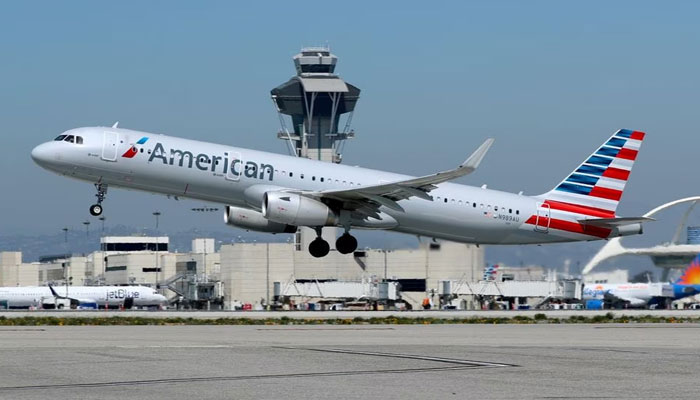Study shows flight turbulence increasing due to global warming
Severe turbulence had risen by 55% between 1979 and 2020 along a typically busy North Atlantic flight route
June 14, 2023

A recent study conducted by scientists at Reading University in the UK reveals that flight turbulence has experienced an upsurge as a result of climate change and the subsequent global warming.
The researchers focused on clear-air turbulence, which poses a greater challenge for pilots to navigate and avoid. They discovered that severe turbulence had risen by 55% between 1979 and 2020 along a typically busy North Atlantic flight route.
The increase in turbulence is attributed to changes in wind speed at high altitudes, primarily caused by the warmer air resulting from carbon emissions. Professor Paul Williams, an atmospheric scientist at the University of Reading and co-author of the study, stated, "Following a decade of research showing that climate change will increase clear-air turbulence in the future, we now have evidence suggesting that the increase has already begun." He emphasised the need to invest in improved turbulence forecasting and detection systems to prevent rougher air from translating into bumpier flights in the coming decades.
The study highlighted that flight routes in the USA and North Atlantic experienced the most substantial increases in turbulence. Significant increases were also observed in Europe, the Middle East, and the South Atlantic. Professor Williams explained that the amplified turbulence resulted from greater wind shear, which refers to differences in wind speed, within the jet stream. The jet stream is a powerful wind system that blows from west to east, located approximately five to seven miles above the Earth's surface. Its existence is primarily due to temperature differences between the equator and the poles.
While satellites cannot directly observe turbulence, they can analyze the structure and shape of the jet stream, providing valuable insights. Storm-related turbulence can be detected using radar, but clear-air turbulence is nearly invisible and challenging to identify.
Flight turbulence not only causes discomfort for passengers but can also lead to injuries. Severe turbulence is rare, but clear-air turbulence can occur unexpectedly when passengers are not securely fastened in their seats. Professor Williams advised passengers to keep their seat belts fastened at all times, except when moving around the cabin, to ensure safety even during turbulent conditions.
The repercussions of turbulence extend beyond passenger well-being. The aviation industry experiences annual losses ranging from $150 million (£120 million) to $500 million (£400 million) in the United States alone due to turbulence-related effects, including aircraft wear and tear. Additionally, turbulence avoidance measures result in increased fuel consumption, contributing to environmental costs.
The study, published in the journal Geophysical Research Letters, highlights the urgency of addressing the impact of climate change on aviation and the need for proactive measures to mitigate the effects of turbulence.v









